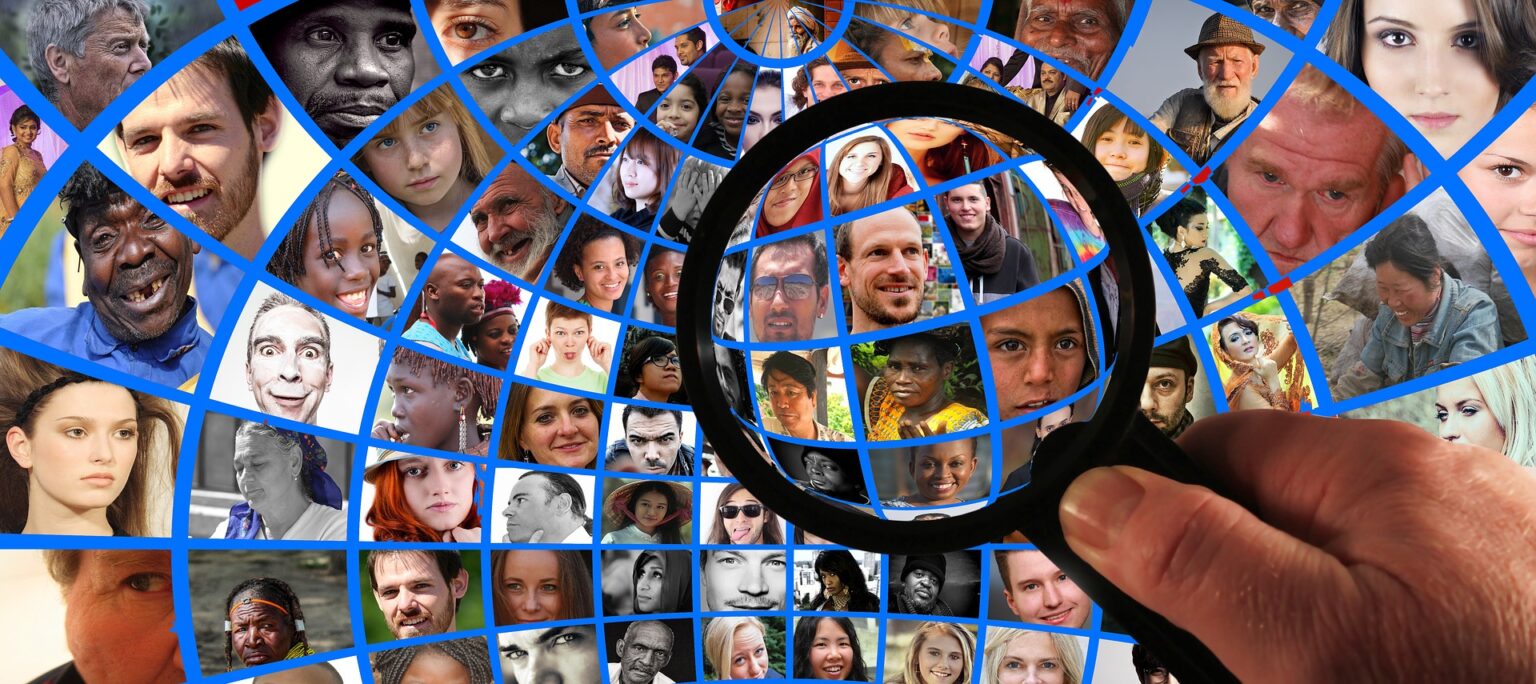Deutsche Bank: Latest in AI: OpenAI & Microsoft separate LLMs. “OpenAI announced yesterday it has refreshed its flagship large AI model as it reportedly nears a deal with Apple to put ChatGPT on the iPhone. This shows that foundation models are becoming a core competence for tech companies. And those that do not have their own have little choice but to partner with those that do. Foundation models, once developed by one company, can be applied by others for their own needs. In the short term, that puts companies with cutting edge foundation models in the driving seat, although in the longer term the proliferation of models that can be relatively easily swapped in and out may eventually erode their early lead. The chart below shows that last year Google released the highest number of such models, followed by Meta, Microsoft and OpenAI. In this week’s edition of ‘Latest in AI’, we also discuss the importance of Microsoft releasing a large AI model. Particularly, we look at it from the angle of its partnership with OpenAI, whose technology has so far underpinned most of Microsoft’s key gen AI tools, like Copilot.” Læs hele analysen her
ABNamro: Sådan fordeler CO2-udledningen i de enkelte EU-lande sig: I Danmark vægter transportindustriens udledning 3-4 gange tungere end landbrugets: “The share of emissions from industrial activity within total GHG emissions varies quite a bit by EU country. A large part of these emissions, 62% on average, is from hard-to-decarbonise industrial sectors, such as the building materials, base metals and the chemical industry. These industrial sectors are difficult to decarbonise due to technological challenges, high capital intensity and generally long investment cycles, although there are plenty of low carbon solutions. Decarbonising emission- and energy-intensive industries deserves special attention in the climate targets towards 2030 and beyond, as this is where the biggest climate gains can be made Industrial sectors, such as the construction materials industry (including the cement industry), base metal industry (including the steel industry) and the chemical industry, play an important role in meeting EU climate targets. These sectors each account for about 5% of total EU-27 greenhouse gas emissions, bringing the combined share to around 15%. The three sectors are among the most difficult to decarbonise and require significant investment to decarbonise processes. This is due to a combination of the technological complexity of business processes, high capital intensity and generally long investment cycles in these subsectors. In this analysis, we highlight the relevance of the three sectors within the EU-27 and indicate where within the EU the bottlenecks to a rapid transition to decarbonisation are greatest. In doing so, we additionally investigate how the three sectors influence the EU climate goals towards 2030.” Læs hele analysen her
Natixis: EU political landscape on the eve of the elections: will there be a populist wave? ”The citizens of the 27 Member States of the European Union will go to the polls between 6 and 9 June 2024 to elect the Members of the European Parliament for a five-year term. The 2019 European elections were marked by a decline in the two large traditional party families, the European People’s Party (EPP) and the Progressive Alliance of Socialists and Democrats (S&D), to the benefit in particular of Renew Europe (RE) and the Greens/European Free Alliance (Greens/EFA). The latest polls suggest that a sea change is in the offing in June. The main winners would be the populist groups, European Conservatives and Reformists (ECR) and Identity and Democracy (ID), at the expense of RE and the Greens/EFA. The European Parliament would swing further to the right, but its governance would not be fundamentally altered, as the large EPP/S&D/RE alliance is likely to retain a majority.”
Læs hele analysen her
ABNamro: What to expect from bioenergy? ”Bioenergy is one of the largest renewable energy sources globally and one of the main energy pillars in the future energy mix. Biomass feedstock could be converted through different chemical, bio-chemical, mechanical, or thermo-chemical processes to multiple energy forms such as cooling, heating, electricity production, or the production of biofuels.“ Læs hele analysen her
Morten W. Langer

